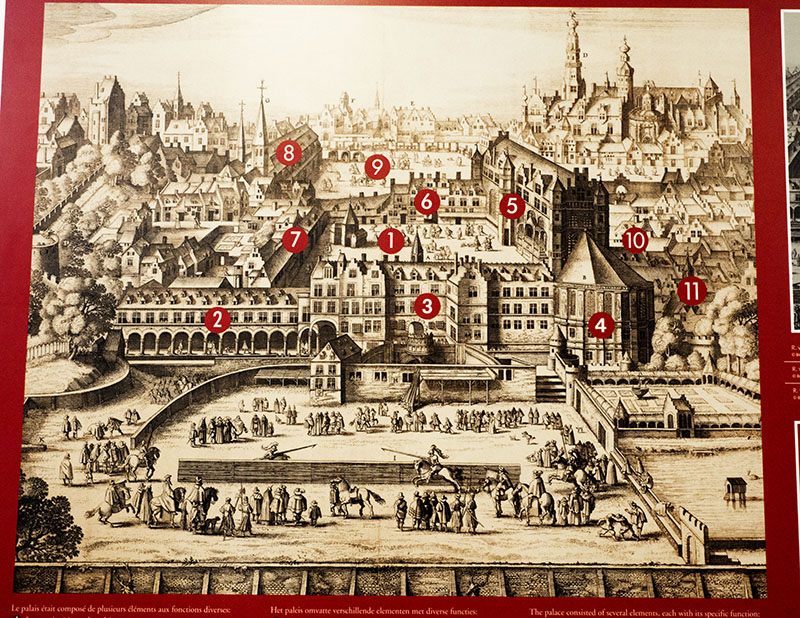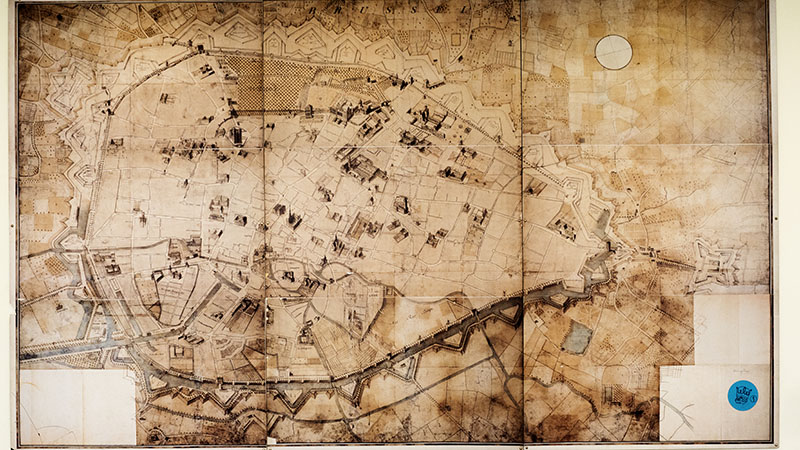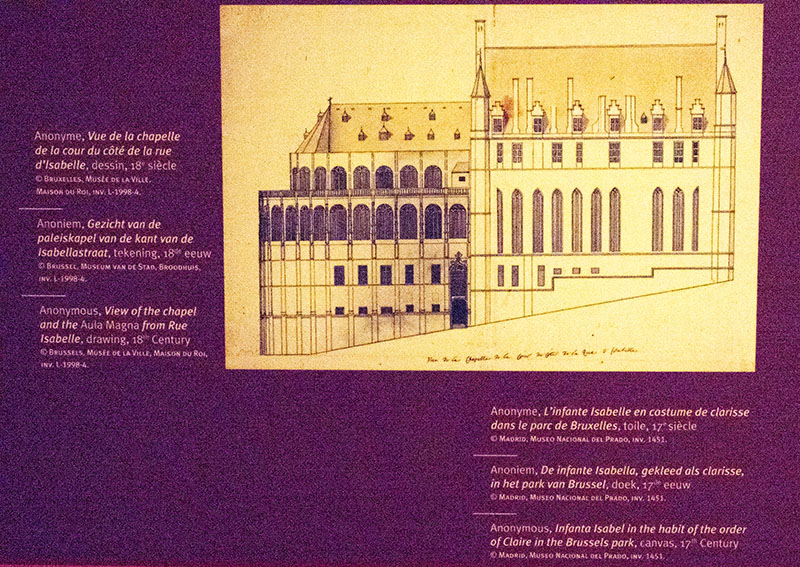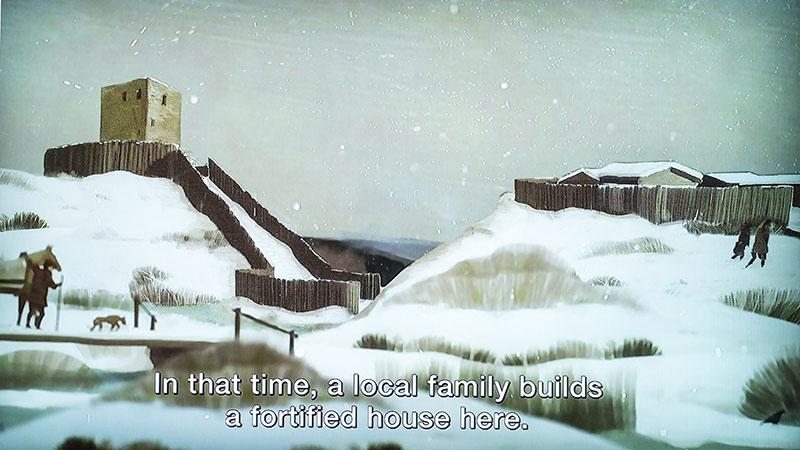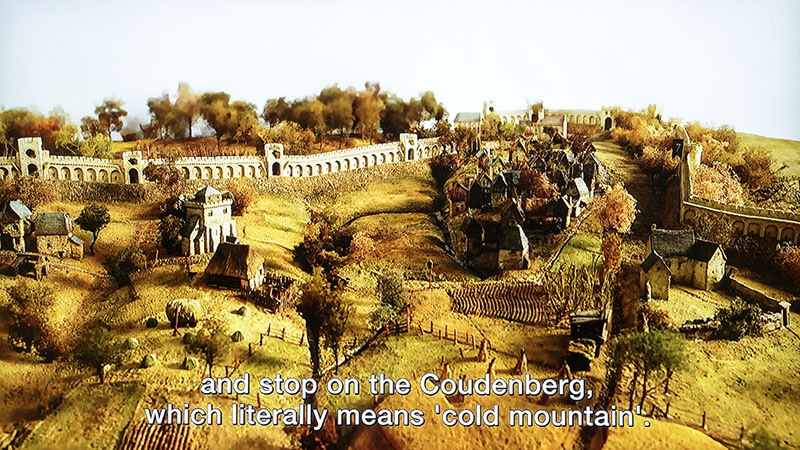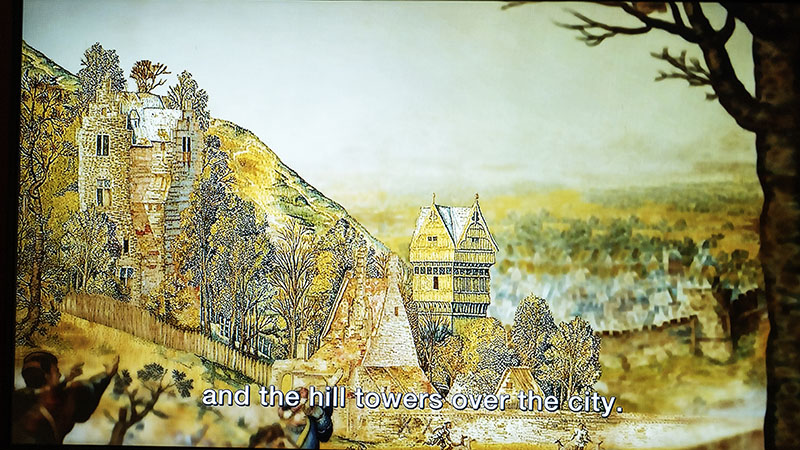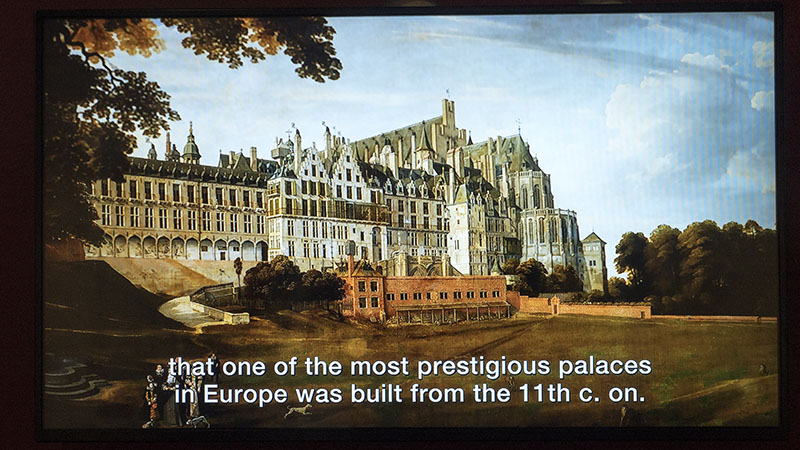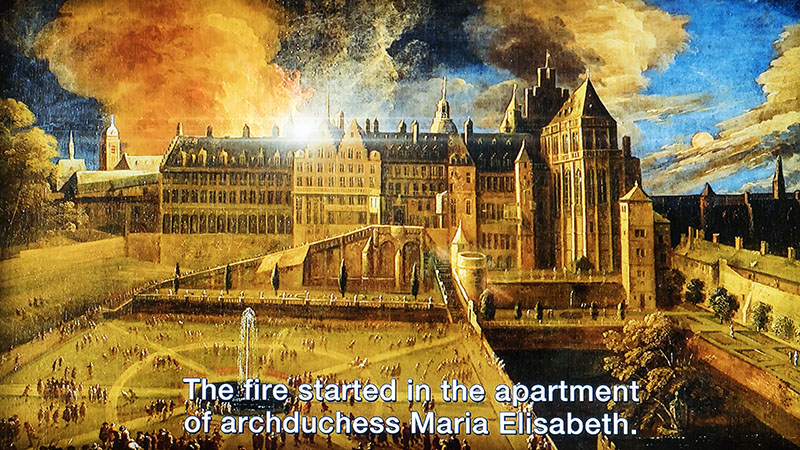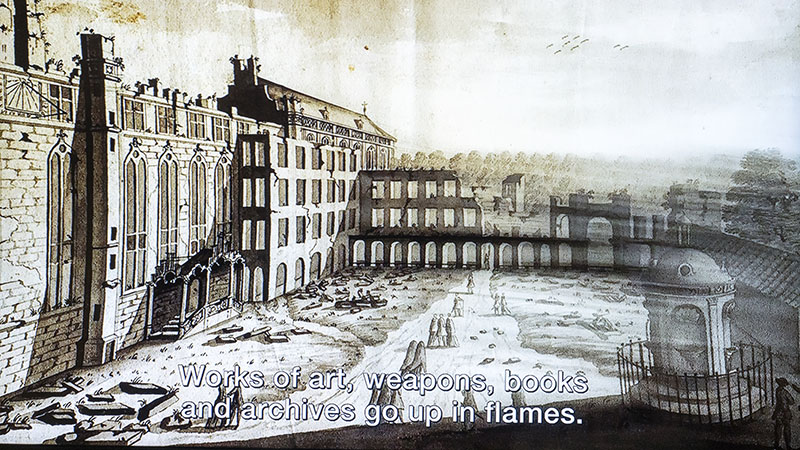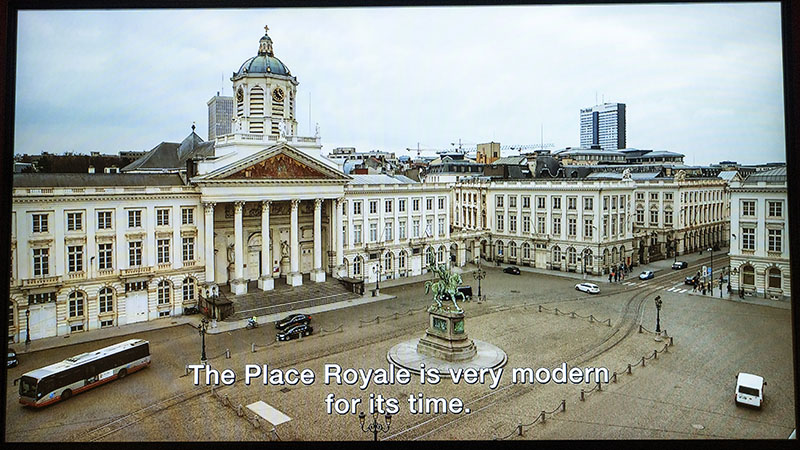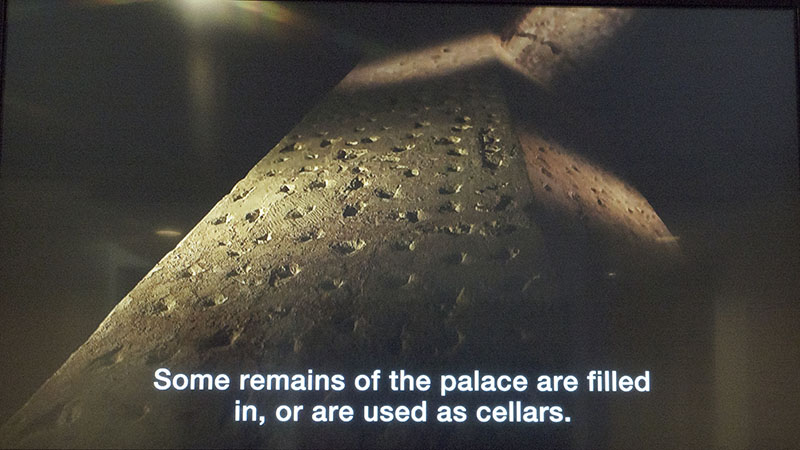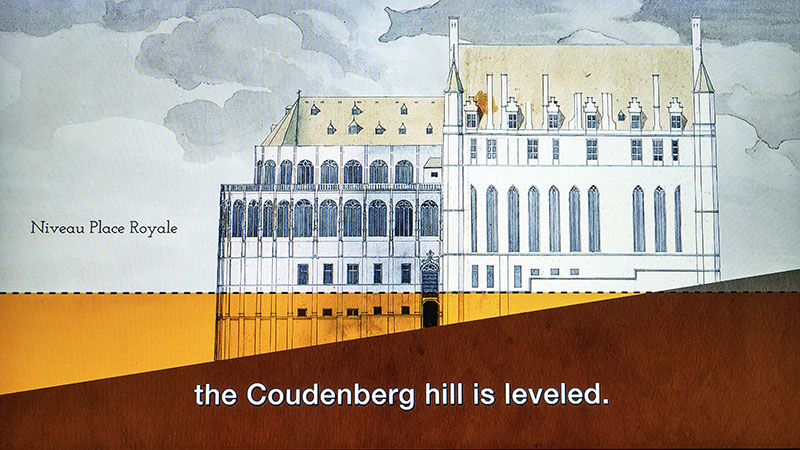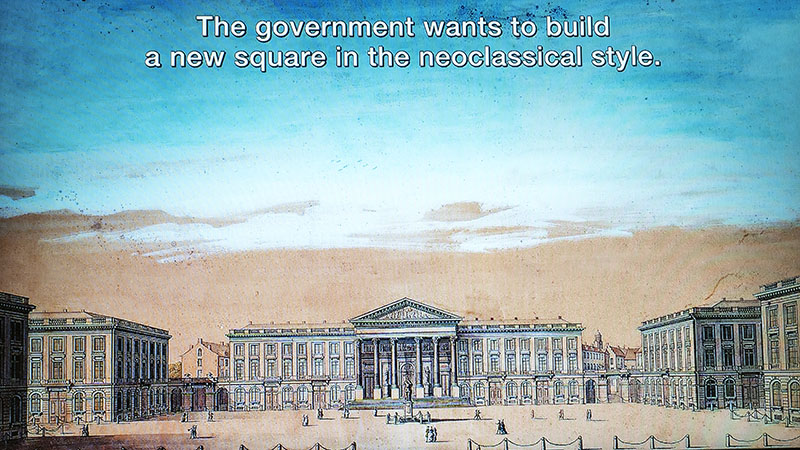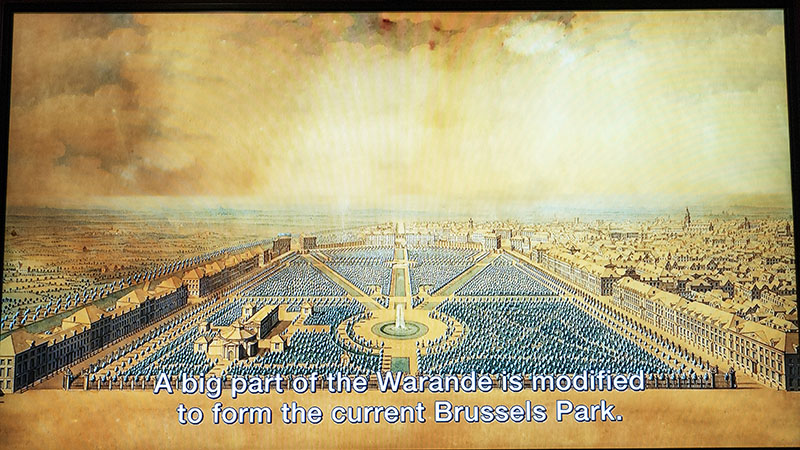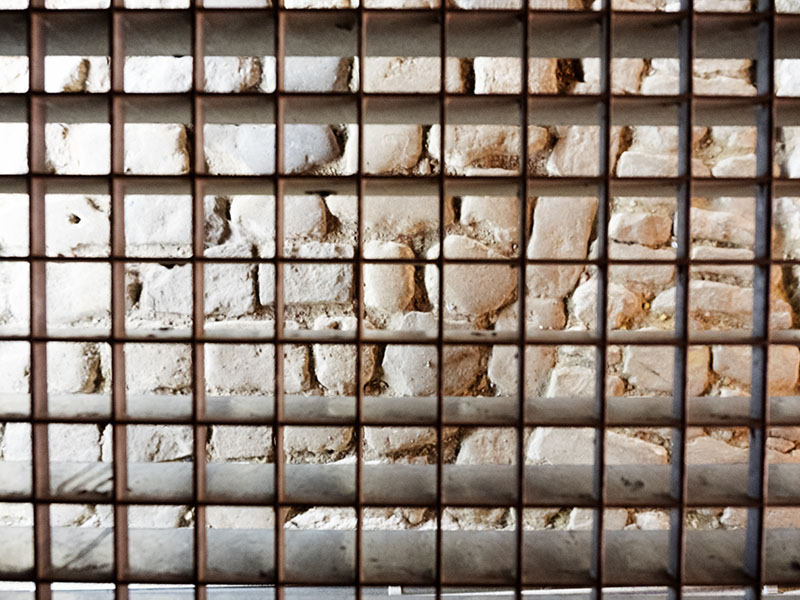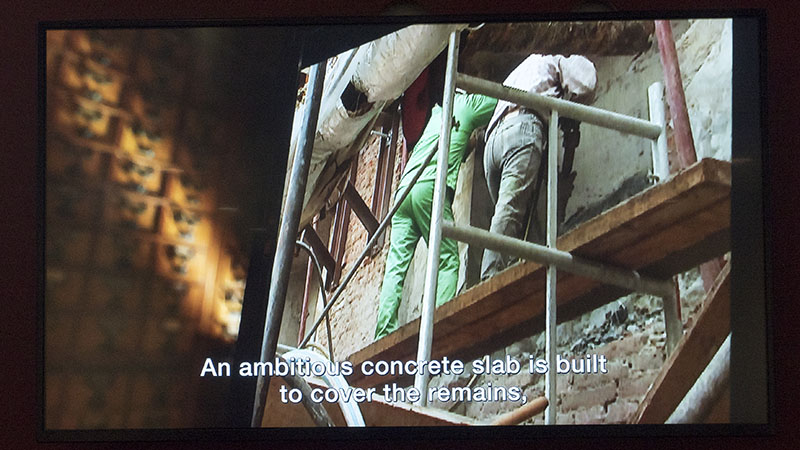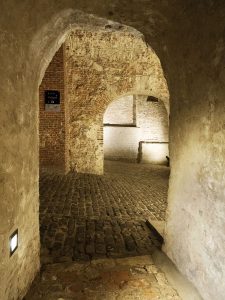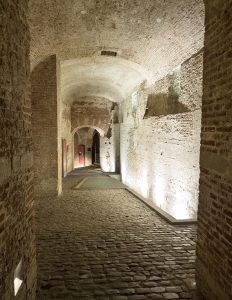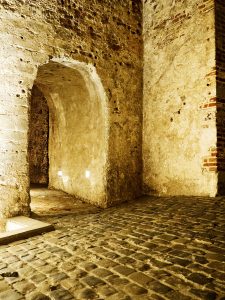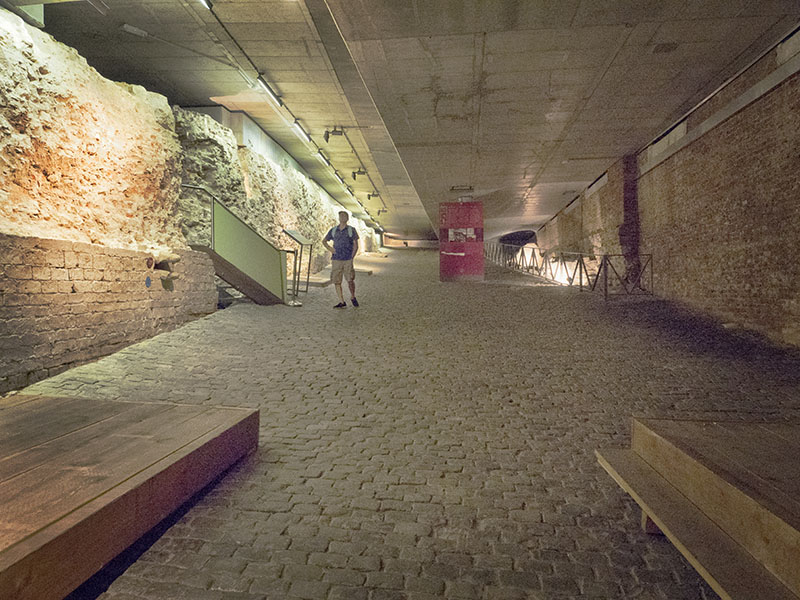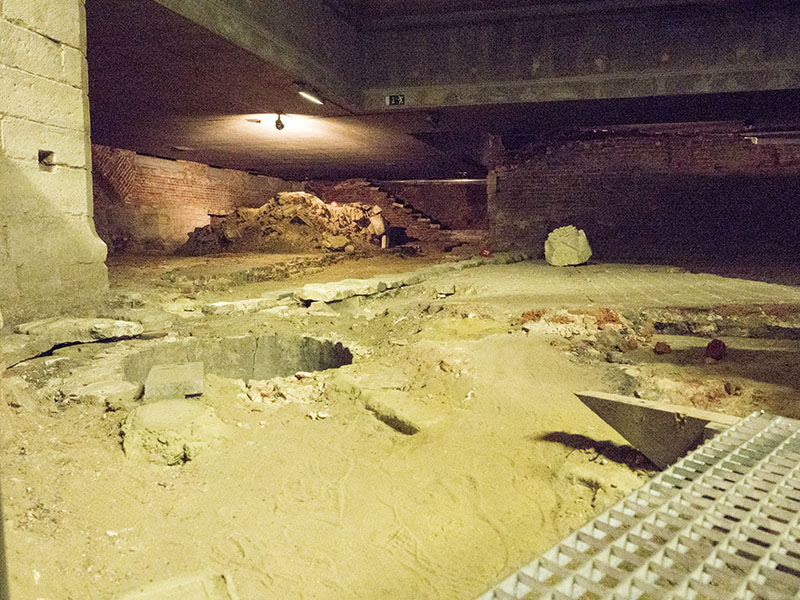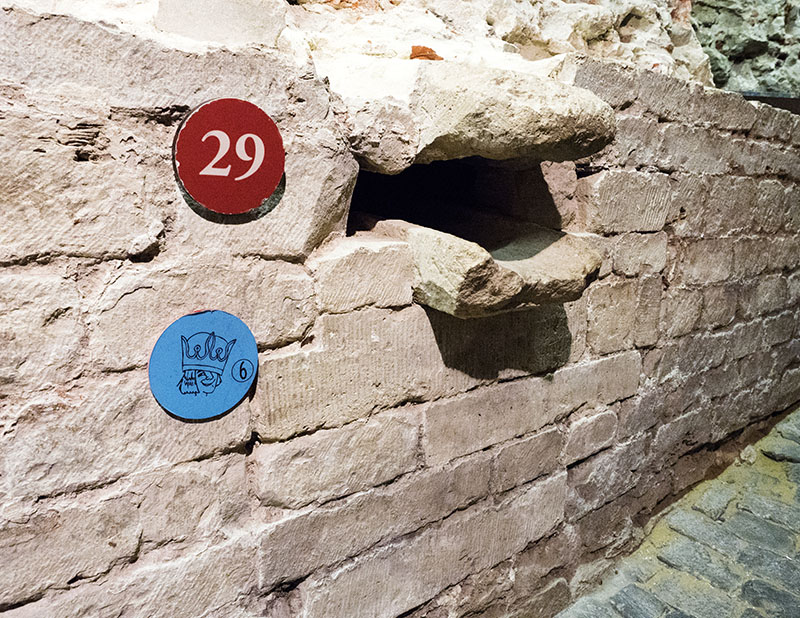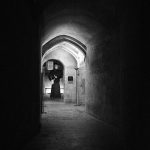It was a trip beneath ground for Bob and I today for here was to be found the remains of the former Coudenberg Palace.
Once way back in time, high upon a hill overlooking a beautiful valley in which lay a tiny village, a family climbed and built a simple wooden keep.
Over the years, a wall of stone was laid and the wooden structures were altered to stone, and within those walls safely lived a small community upon their farms
upon the hill.
As centuries passed, the farms disappeared, and in their place arose the grandest of fortresses that became known as Coudenberg Palace.
On a cold winter’s night when a strong wind blew and the water froze, up in a quiet apartment a tiny candle flame flickered in the tiny drafts as the governess lay sleeping. Without warning came a strong puff of air, giving that flame a life of its own as it leapt onto fabrics and commenced to play. It didn’t take long in a place full of wood for that tiny blaze
to become a fiery storm.

With water iced and naught to be done, come morn the battle was done and the palace no more.
For forty years the remains lay charred and alone, then from the ashes like a phoenix arose the Palace Royale and Koningsplein.
Coudenberg Tidbits
- Coudenberg Castle dated to the 1100s.
- It was named after the hill on which it sat – the Coudenberg.
- 1220s, Brussels was handed a political role and the palace a place where diplomats met. It was during this time that that the castle became a palace.
- Under the Emperor Charles V in the 1700s the place grew to immense proportions.
- 3rd Feb 1731, a fire raged through the palace raising it all but to the ground.
- The court moved to Nassau House and the remains of the palace were left abandoned for nigh on 40 years. Only the chapel and a few cellars remained.
- During the 1770s the country was well financed and could affords to undertake a massive construction project. Retaining sections of buildings to act as foundations or become new cellars,
the palace ruins were raised to the ground and Coudenberg Hill filled with the rubble and flattened,
thereby allowing the creation of a massive square on which Palace Royal would stand. Bordering the square were to be the neo – classical buildings there today.
- The palace’s park and gardens were reformed into a park neo – classical in style.
- From 1986, over a 25 year period excavations were undertaken and the remains of the lost palace, Hoogstraeten House and Rue Isabelle rediscovered.
Then came the work to decide what to preserve and what to restore.
- The Coudenberg Palace remains were opened to the public in 2000 and it is the old foundations and cellars that are to be viewed in this underground world of the once forgotten.
There were even a few giants that the Belgians love lurking below: they were a fair size.
